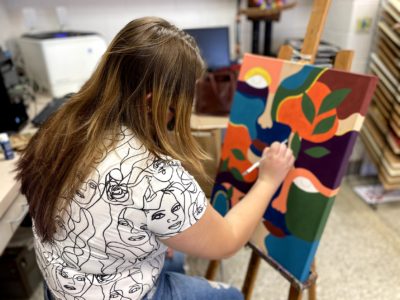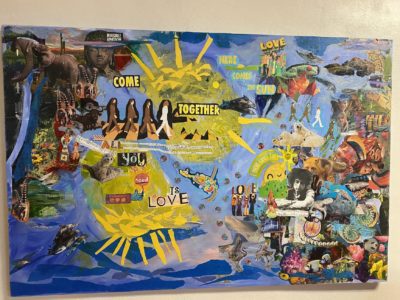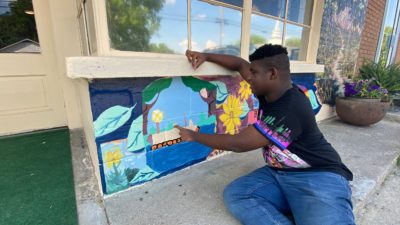

“Arts are integral to learning and integral to living,” Baltimore High School student Alicia Thomas said.
Thomas is a high school student devoted to the arts. She heard about the Arts Education Partnership (AEP) Annual Conference in Baltimore on Sept. 15. and reached out to the event organizers, eager to share her voice with the arts educators, policymakers, and advocates in attendance.
Her enthusiasm was shared throughout the two-day conference, which evaluated the state of arts education, highlighted best practices, and looked toward the future role the arts will play in students’ lives.
What is the Arts Education Partnership?
AEP is housed within the Education Commission of the States (ECS) and was established with the support of the National Endowment for the Arts (NEA) and the U.S. Department of Education, all of whom had representatives present at this year’s conference. AEP relies on research, reports, and collaboration to connect leaders across the arts education spectrum in the hopes of advancing quality arts education for all.
This year, AEP’s convening garnered attendees from across the country who represented the variety of arts education leaders, from researchers at the Department of Education to middle school arts teachers, and everything in between. The breadth of attendees fostered an opportunity to discuss best practices for both teaching the arts and advocating on behalf of them.
The AEP Annual Conference is just one way the organization works toward its mission. Leaders in the space use their research to inform their arts education teaching and advocacy techniques. The ArtScan tool, for example, depicts the national landscape of arts education policies, which can be used to understand how North Carolina is currently uplifting the arts for students.
EdNC became an AEP affiliate in April 2022, making it our first year representing North Carolina at the AEP Annual Conference.
A national look at arts education
Jeremy Anderson, president of ECS, emphasized the important role data should play in informing advocacy work. “We can’t get where we want to go if we don’t know where we are right now,” he said.
So, where are we?
A presentation from Anderson contextualized the national state of arts education to frame where states can go from here. ECS tracks arts education policies as they move through state legislatures and analyzes trends in these policies. The presentation highlighted the policies states have implemented thus far to promote arts education.
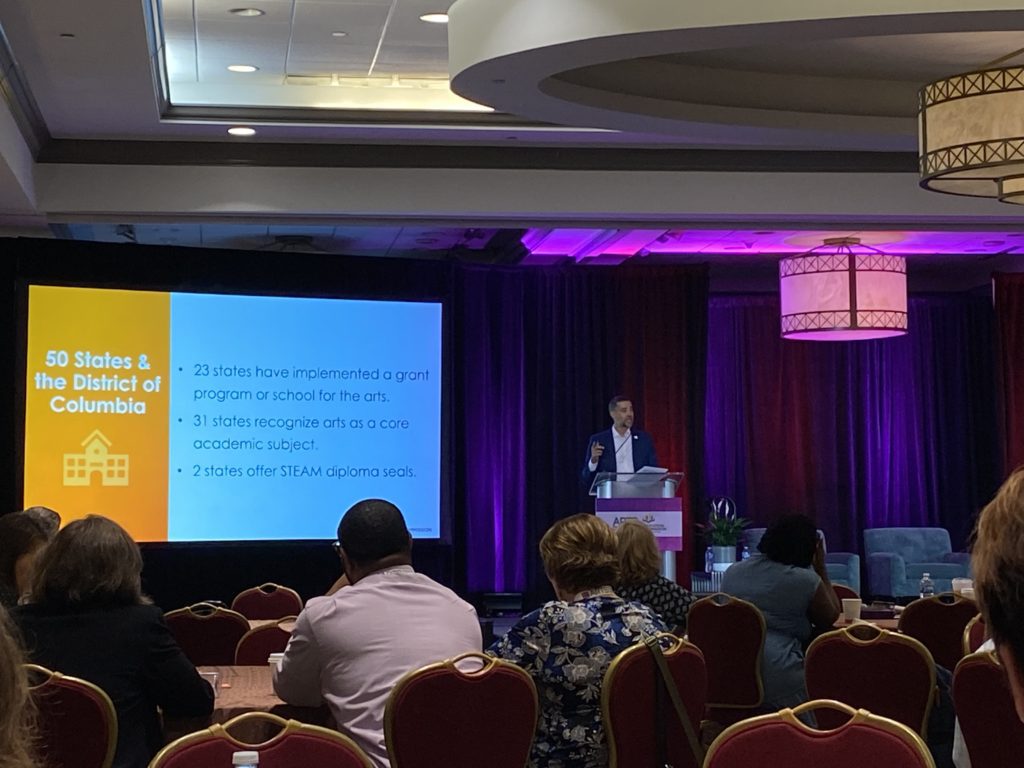

North Carolina is among the 23 states that have implemented a grant program or school for the arts, and it is also among the 31 that recognize the arts as a core academic subject. However, the state does not currently offer arts diploma seals to graduating high school students who successfully completed sequential instruction in one of the arts.
This data is just an overview of the policies tracked by ECS, but it can guide North Carolina’s next steps.
The benefits of data to arts education
“Better decisions require better information,” said Dr. Kenneth Elpus, the associate director of the School of Music at the University of Maryland-College Park, in a presentation about how to leverage state longitudinal data systems for arts education research.
In order for North Carolina to be best equipped to make policy decisions that can improve the accessibility and quality of arts education, the state must first make concerted efforts to collect and maintain robust data about students and their long-term outcomes. The next step, Elpus suggested, is for arts advocates to use that data to test their “arts education wonderment,” or the research question relating to the arts that they are curious about.
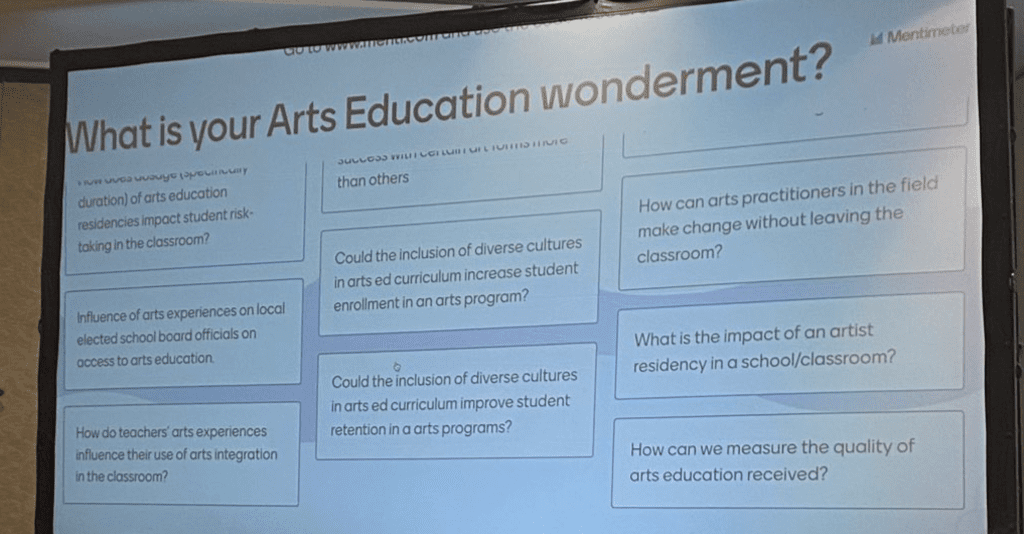

Elpus encouraged using state longitudinal data systems to uncover the answer to one’s research questions. This data tracks students from their entry into the school system through their entry into the workforce, and can be used, for example, to determine the longitudinal effects of access to quality arts education. The results of this type of research can in turn be used to persuade policymakers of the necessity for the arts, to inform best practices for integrating arts into the classroom, and more.
Here is all you need to know about North Carolina’s state longitudinal data system, compiled for each state by ECS.
The legislative future of arts education
Instead of a discussion of visual arts, theater, music, or dance, Anderson focused on “the art of politics” in his presentation. He emphasized the crucial role the 2022 elections will play in the future of arts education.
Nearly 27% of all education chairs nationwide are going to be replaced this year, along with many other state and local school officials, he explained. This degree of turnover can create opportunities for arts education expansion, but could also halt progress in policy making, as newly elected or appointed officials will take time to settle into the role before picking up where their predecessor left off. This signaled to attendees to be patient but persistent about their advocacy efforts during this transition.
NEA Chair Dr. Maria Rosario Jackson also discussed the future of arts education in a discussion about her vision for the independent federal agency’s role in promoting the arts. The NEA is the largest funder of the arts and of arts education across the country, but Jackson said she hopes to reframe the organization as both a funder and a national resource to private and public supporters of the arts.
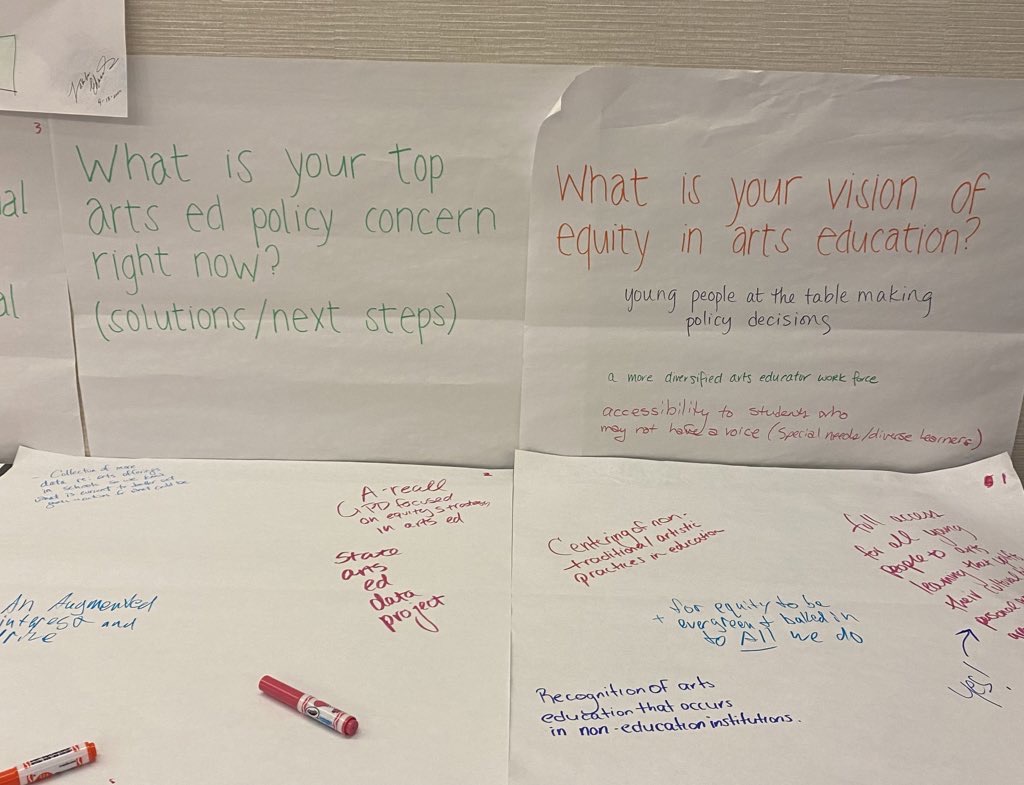

Jackson described how the NEA is working toward diminishing existing barriers to accessing the arts through equity initiatives meant to increase diversity in arts students and their teachers.
“The arts are most powerful when they don’t exist in a bubble,” said Jackson.
She acknowledged that the arts are least available in underserved schools and to students of color. However, she is hopeful that the NEA can play a role in changing that.
Jackson also pinpointed the challenges to the NEA’s work. Advancing and strengthening arts education is not a feat anyone can accomplish alone, she explained. Success requires collaboration from within the arts education ecosystem, as it was referred to throughout the conference. The AEP’s convening acted as the stepping stone for progressing the NEA’s goal and overcoming that challenge, as attendees connected and explored innovative solutions to looming problems in the world of arts education.
Students’ hopes for the future of the arts
The conference centered the voices of arts students in discussions about the future of arts education. AEP recognized the importance of giving them a seat at the table to reflect on their experiences with the arts and to describe the changes they hope to see.
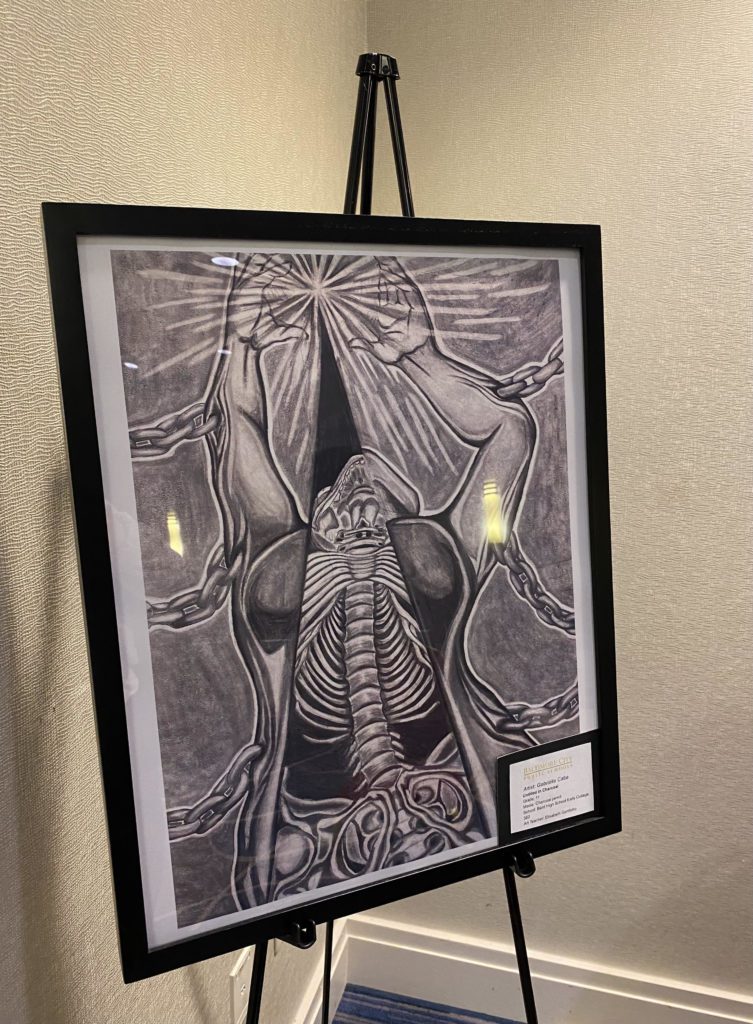

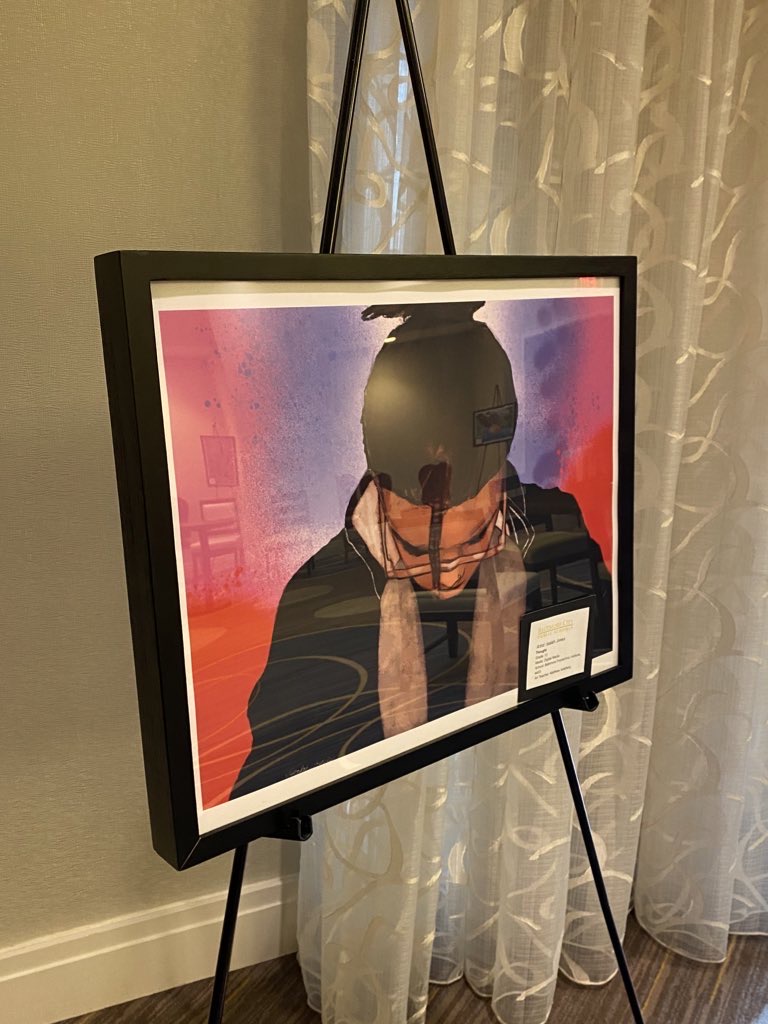

Baltimore arts students were a key part of the conference. They shared their various art forms with attendees, playing their music, displaying their artwork, and performing their spoken word in between sessions.
But beyond that, they engaged with the important conversations being held, eager to ask critical questions of presenters regarding what steps are being taken to improve the state of arts education in the next five or 10 years.
“Art is us,” said Baltimore arts students Shaine Sullivan and Trellis Forrester in their original spoken word poem that commenced the conference. They envision a future where all students can engage with the arts and have an opportunity to use their voice to influence arts education policy.
AEP hopes to utilize their network of arts education leaders to make that dream a reality.


